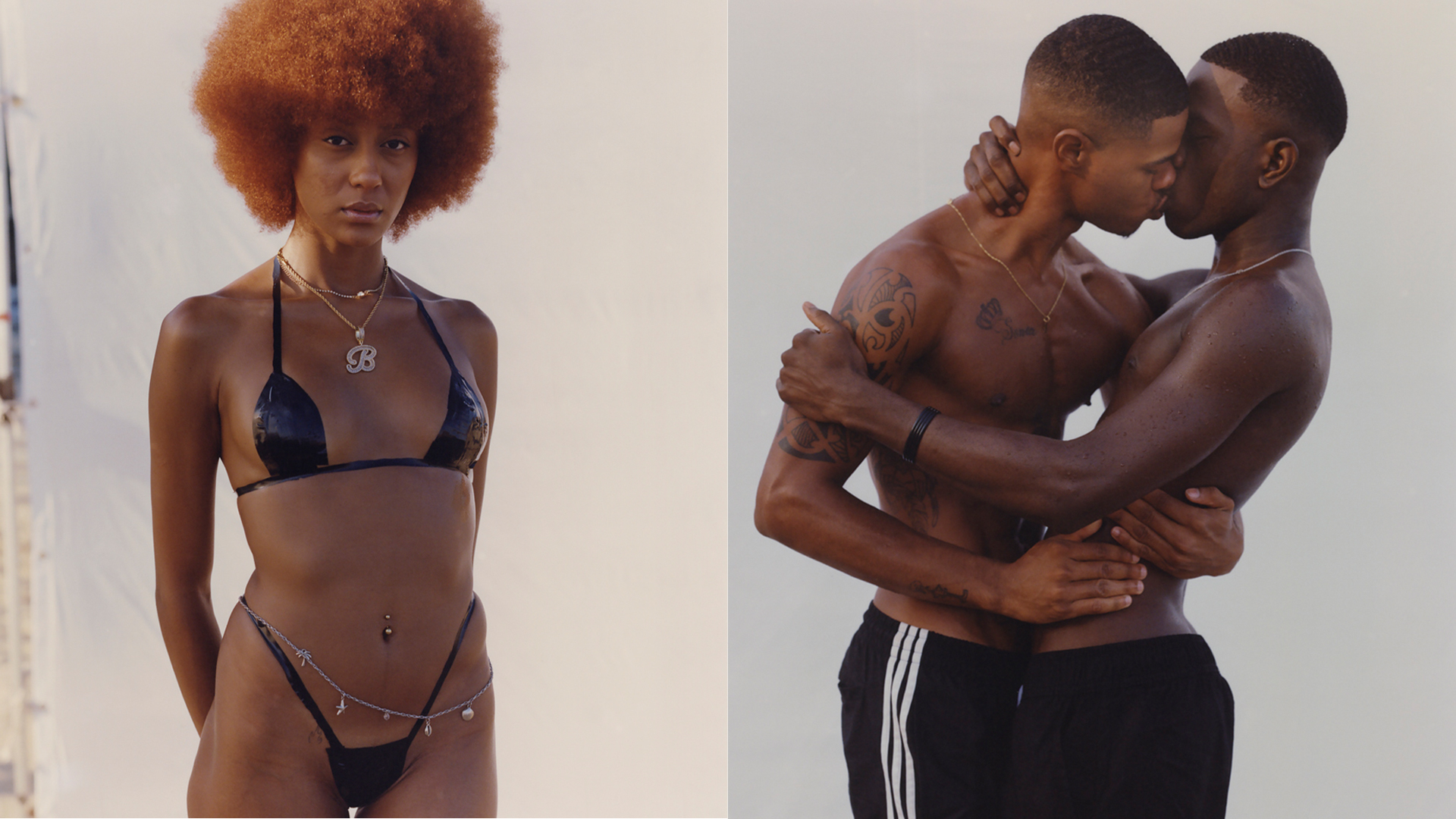This story originally appeared in i-D’s The Summer! Issue, no. 372, Summer 2023. Order your copy here.
I was born in Rio de Janeiro, Brazil and spent most of my youth surfing at Ipanema Beach through the 80s and 90s. The scene was very different back then, and so were the sociocultural dynamics of the country. At the time, which was pre-internet and social media, it felt a bit more isolated, and quite niche. There were surfers, skaters, the jiu-jitsu crew, hippies, slick romantic kids and everything in between. But style trends could not be picked up overnight: you needed to travel abroad, or have access to international surf, skate or fashion magazines to see what was going on around the world. It was hard to find a copy on newsstands – and if you did, they were expensive.
Ipanema has always been the epicentre of beach culture in Brazil. Most cultural movements gather momentum there, from Bossa Nova to left-wing politics. But it was also a privileged area, and public transportation was not implemented to the far corners of the suburbs, so the crowd was primarily mid to upper class.
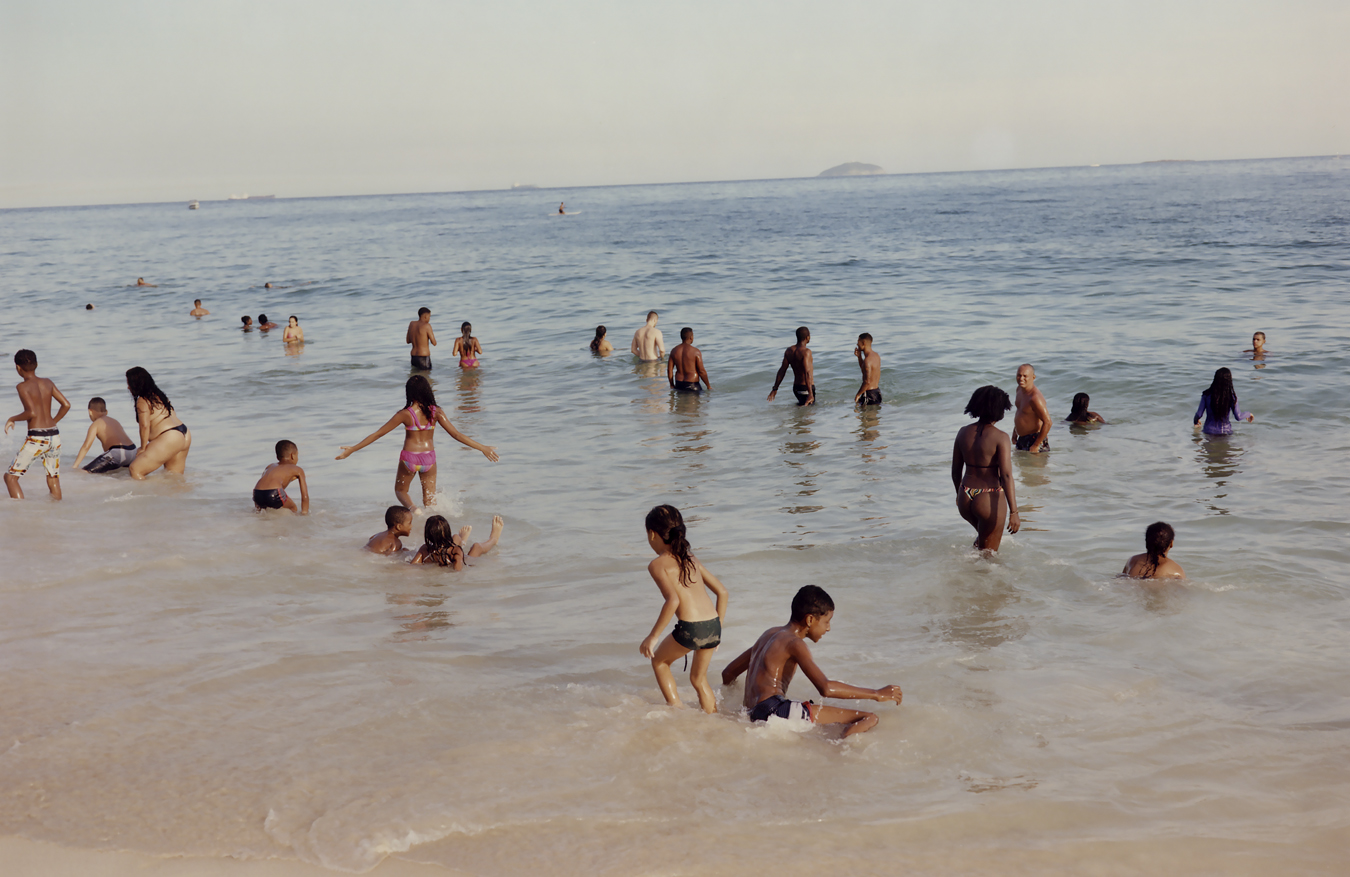
When Rio hosted the Summer Olympics in 2016, the city underwent a massive modernisation effort, and there’s now a metro that connects the suburbs to the beach. Ipanema no longer holds the sole spotlight and other corners of the coast now share the social and cultural importance of the scene – like São Conrado beach and Leme, where kids from the favelas and suburbs bring their own vibe.
The youth of the favelas in Rio de Janeiro have been at the forefront of cultural change in Brazil, particularly in the fields of music, fashion and other forms of self-expression. Historically, the favelas have housed marginalised communities, with limited access to resources and opportunities. However, in recent years, young people from these spaces have used their creativity and ingenuity to challenge social norms and stereotypes.
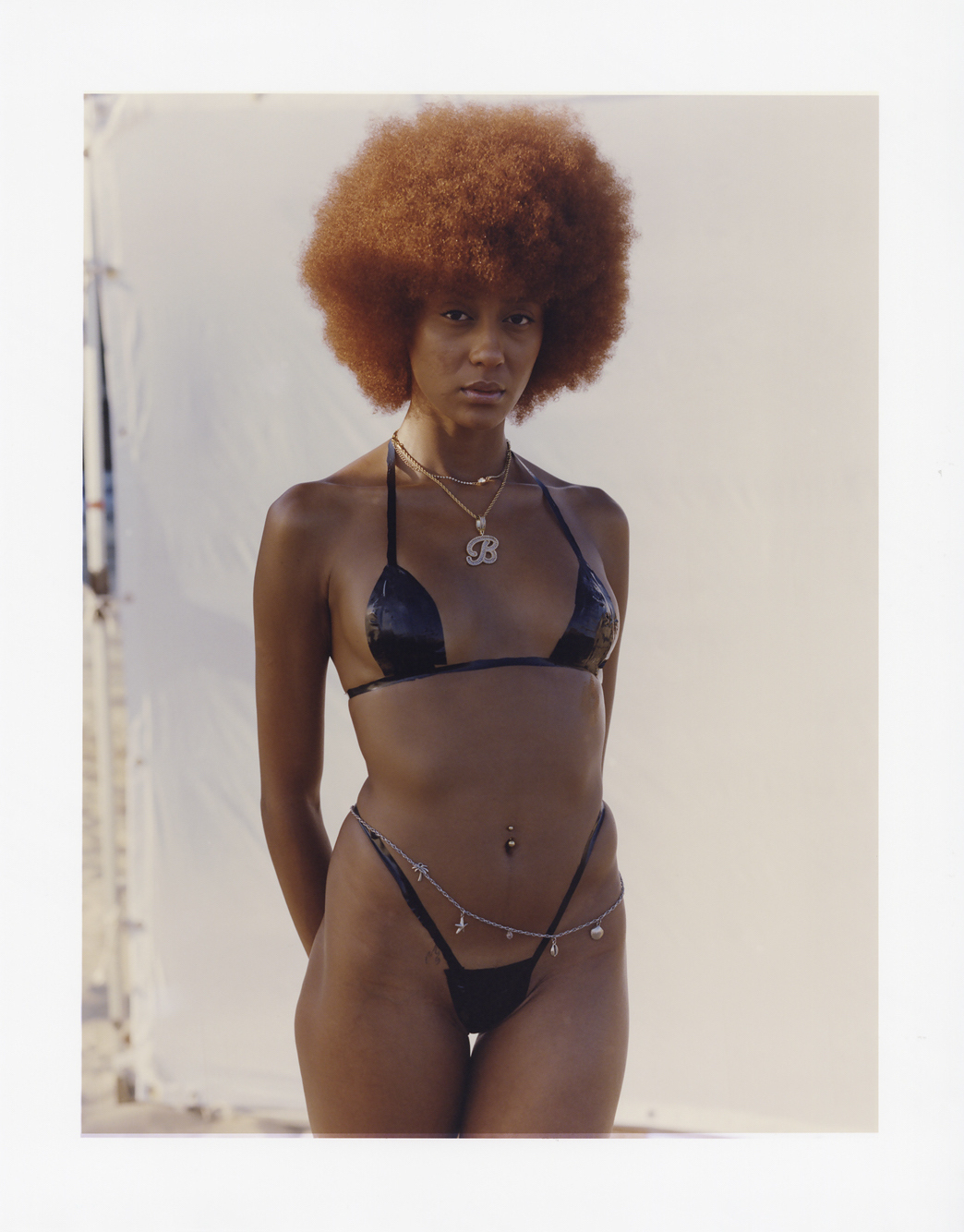
What was always interesting to me is how people would express themselves at the beach: a place where you would basically strip down to minimal body coverage, and yet still maintain the stamp of your fashion codes.
I’ve been shooting this series for over a decade now. It’s
a play on the idea that, by inserting a white background behind the subjects, you remove them from the context of that moment on the beach and place them in a contemplative space where minimal information is transferred. You are left with few cues. Gender, body language, ethnicity, tattoos, salt water, and sand are the main building blocks of this ambiguous theatre.
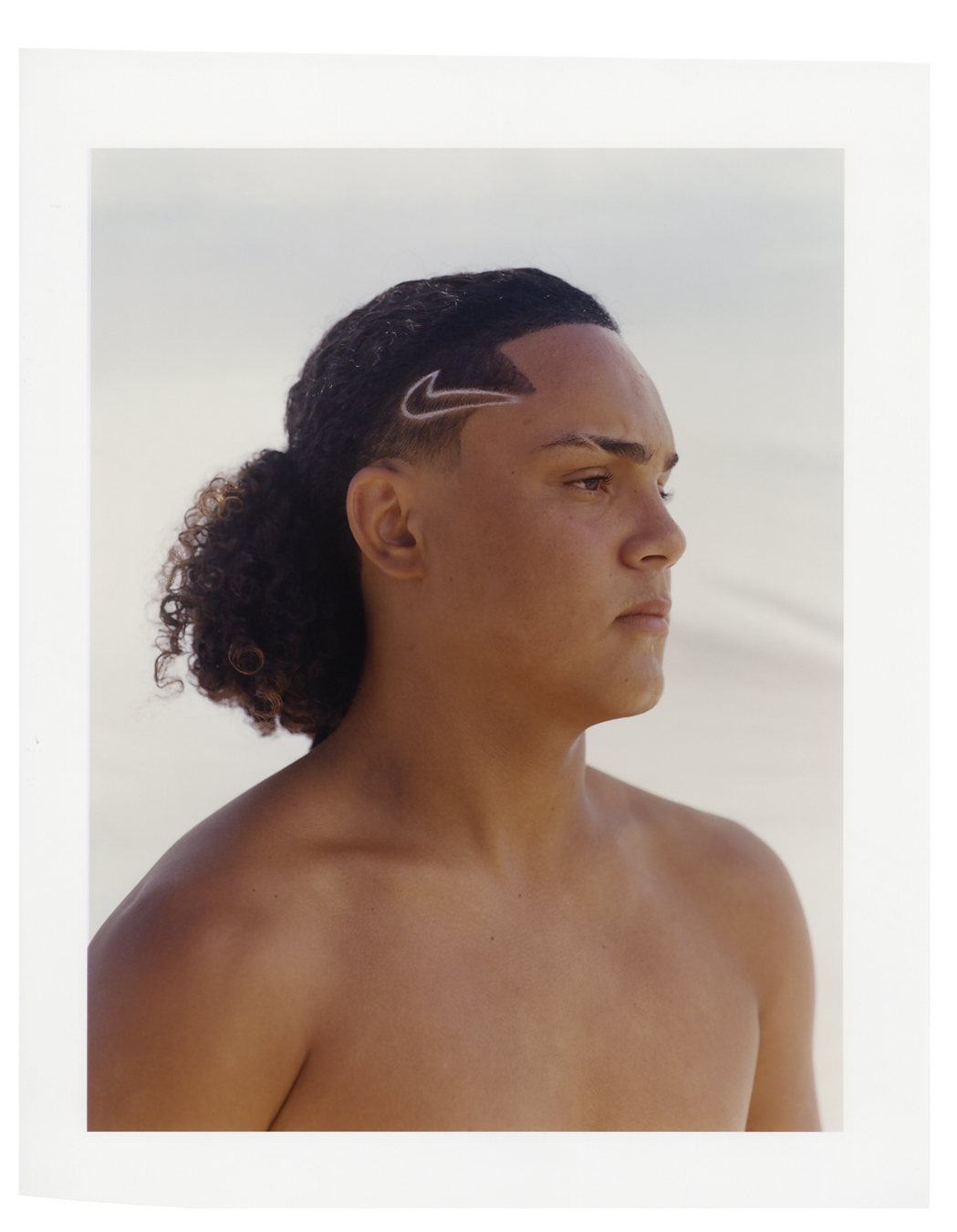


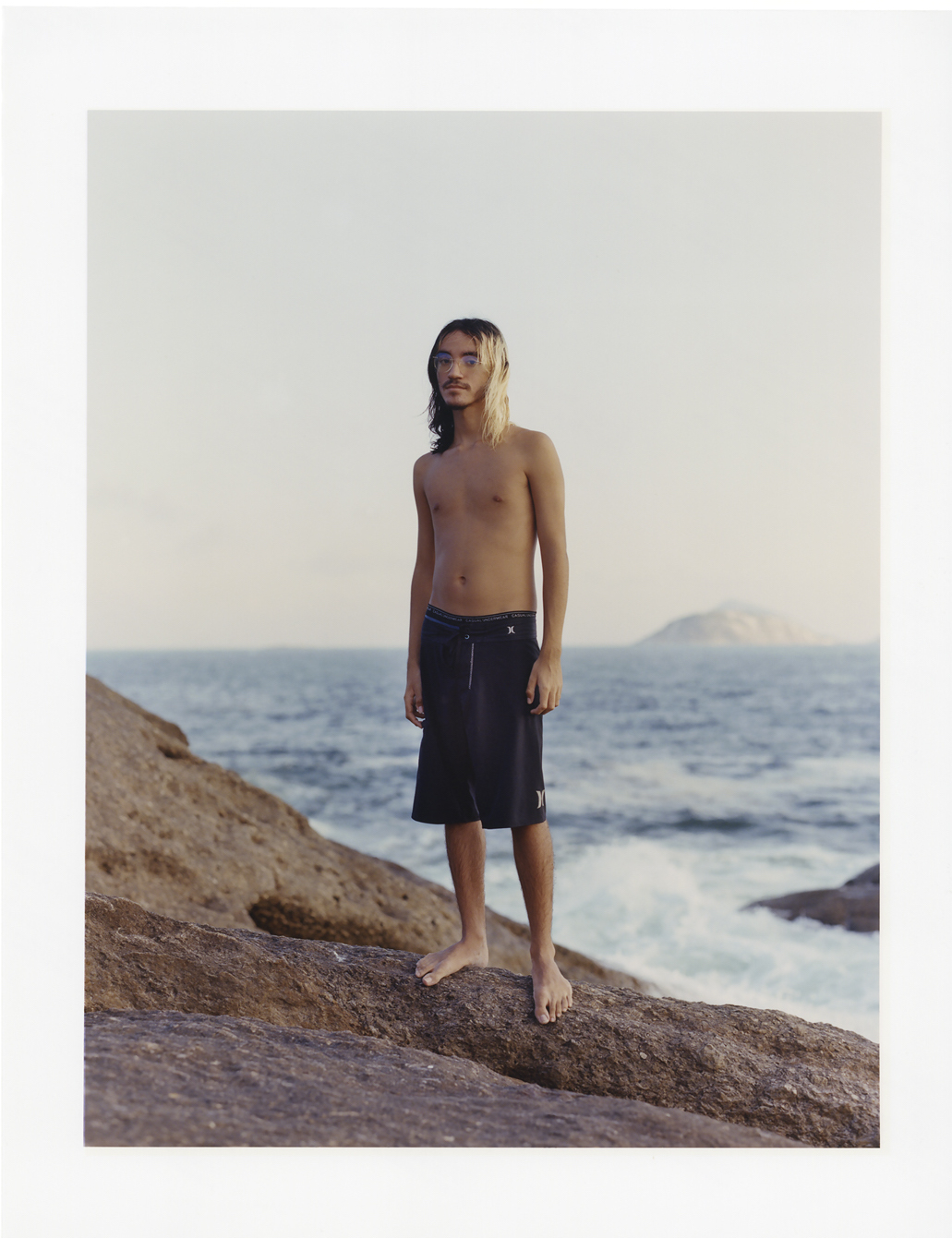

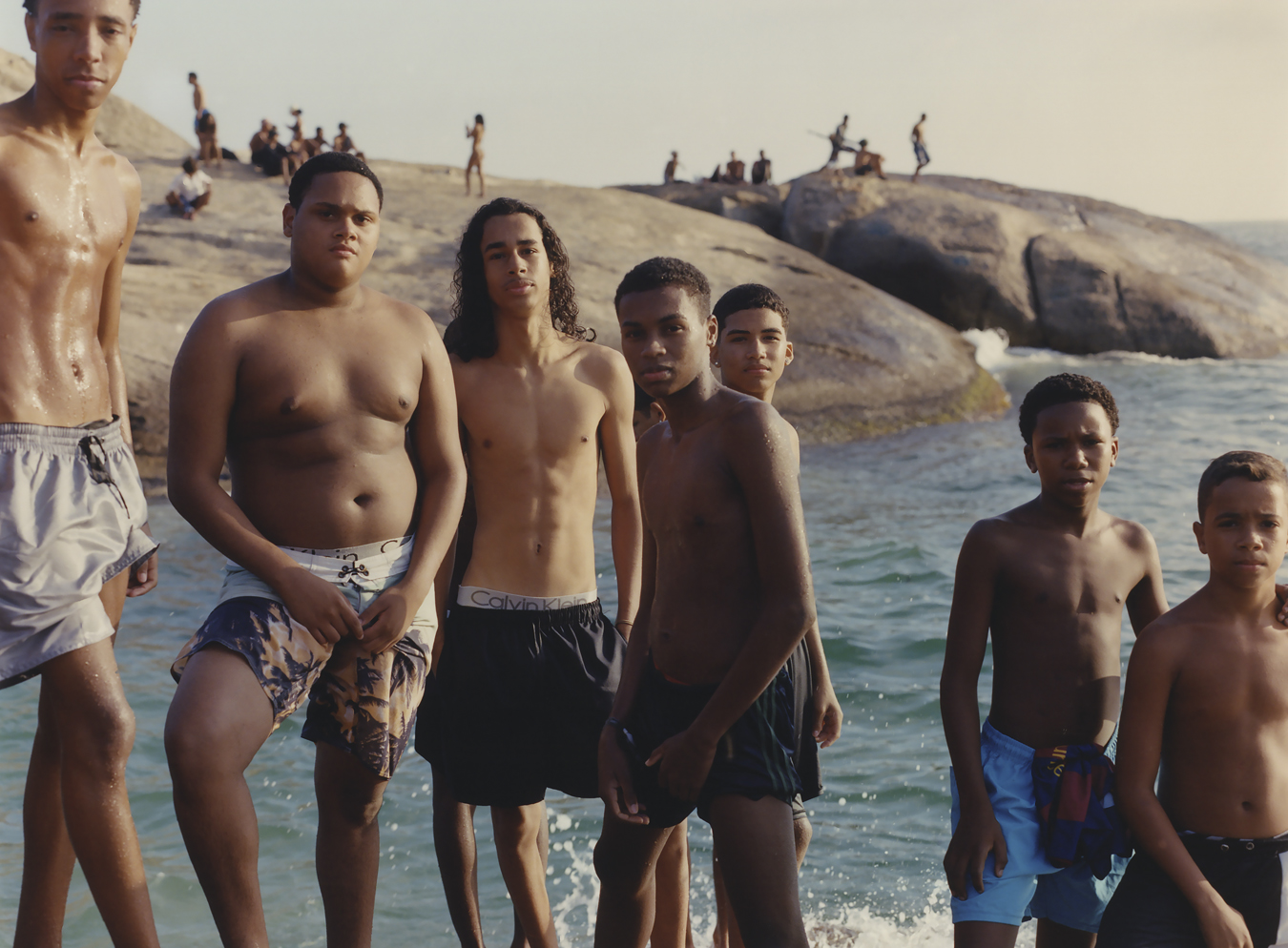

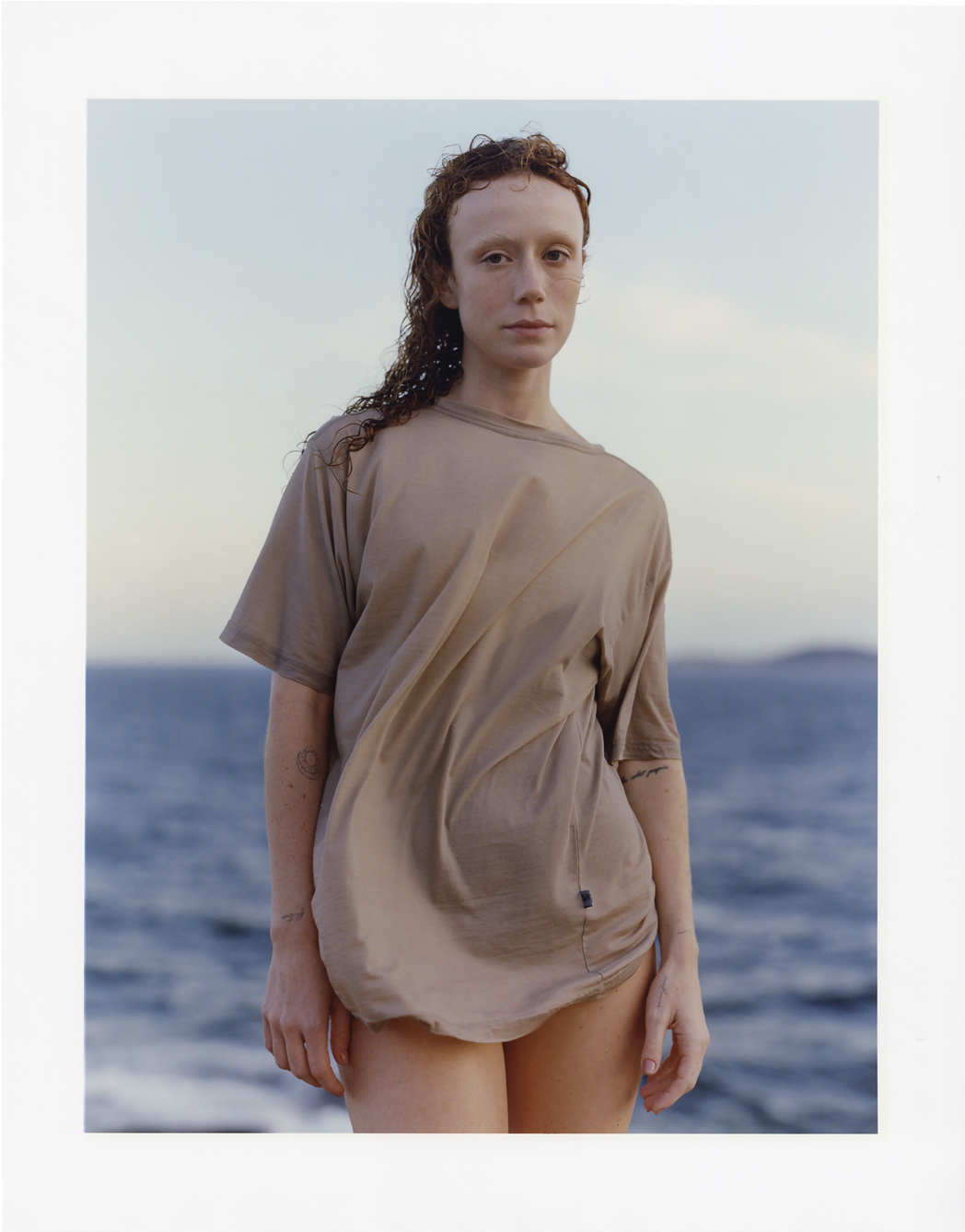
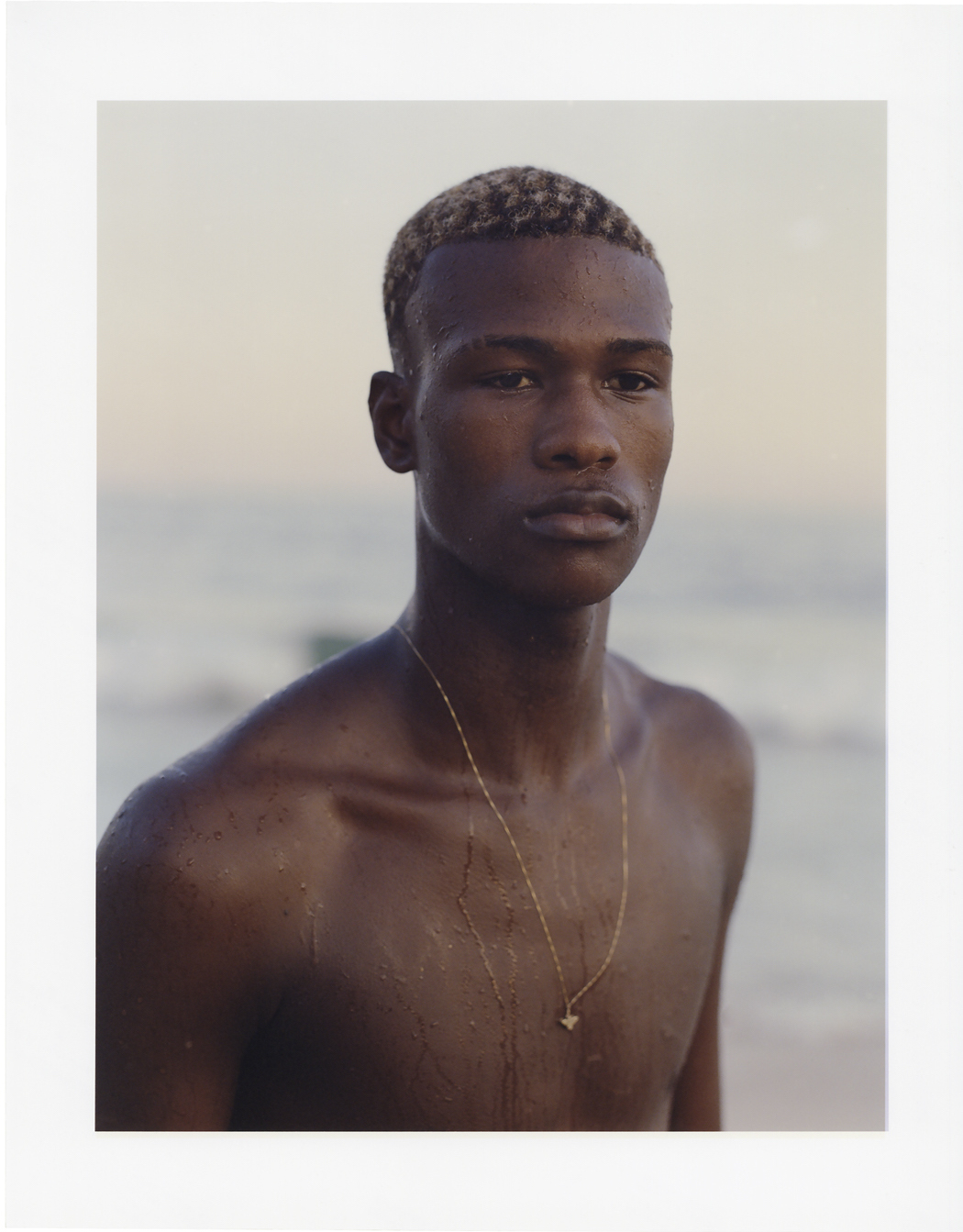
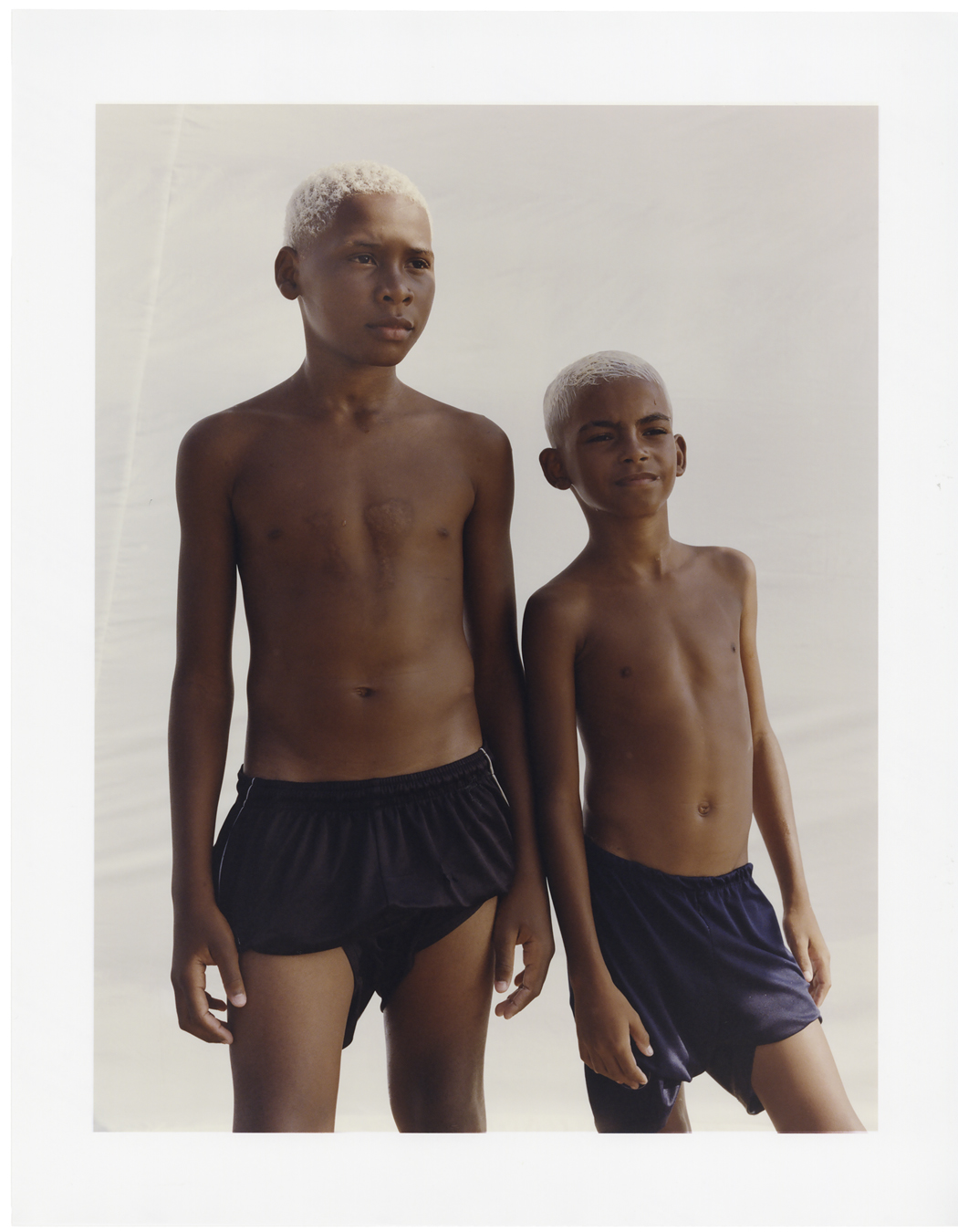
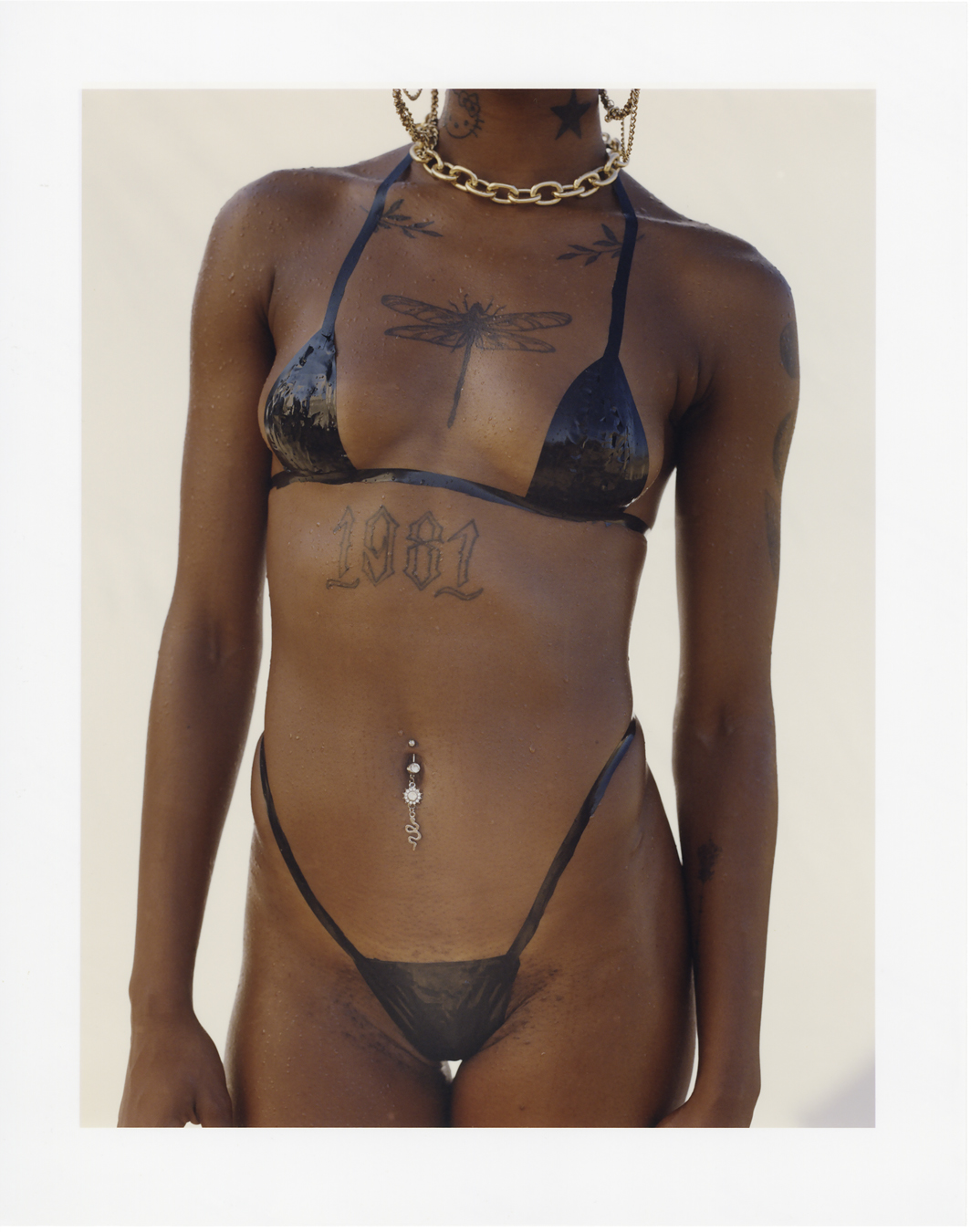
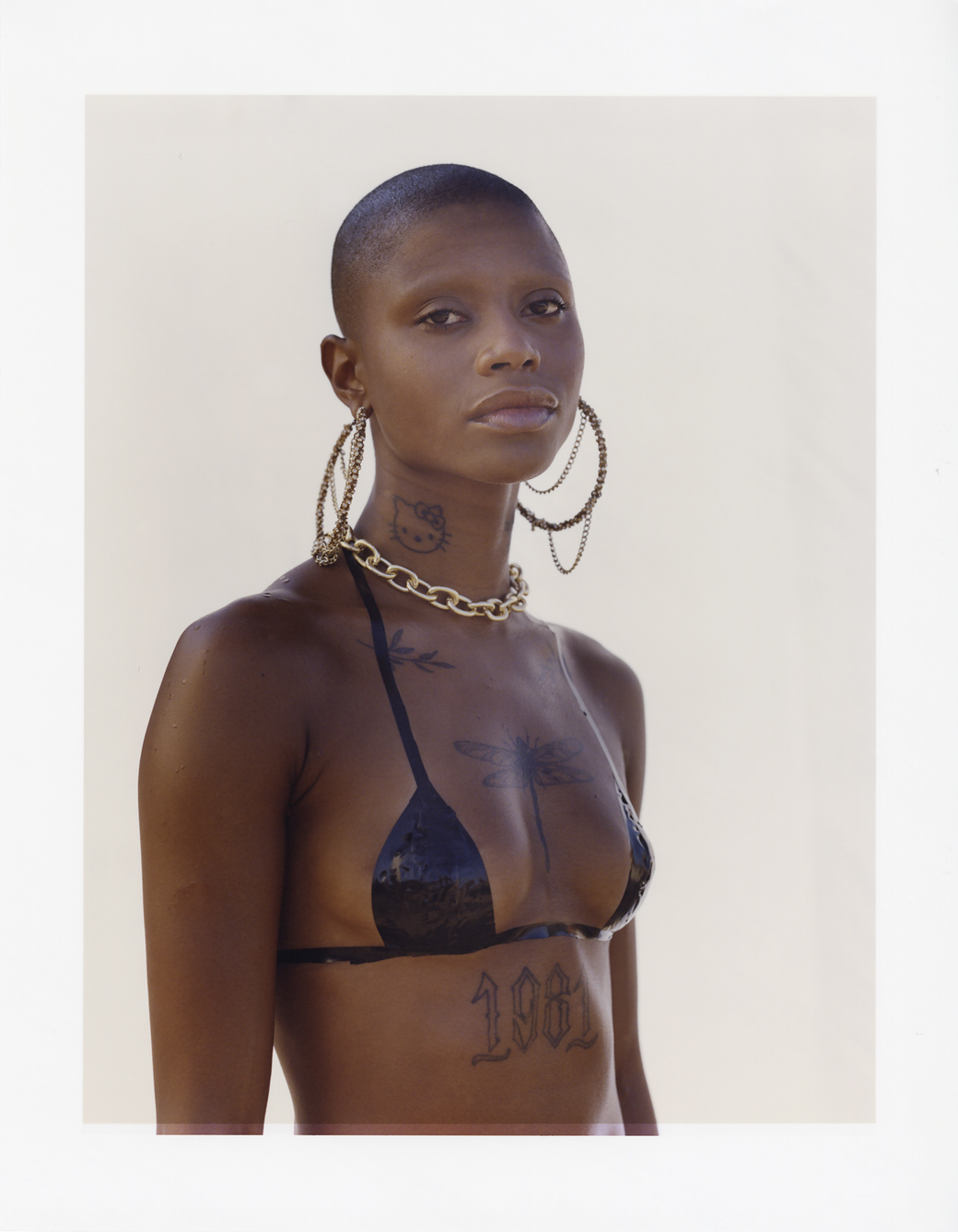

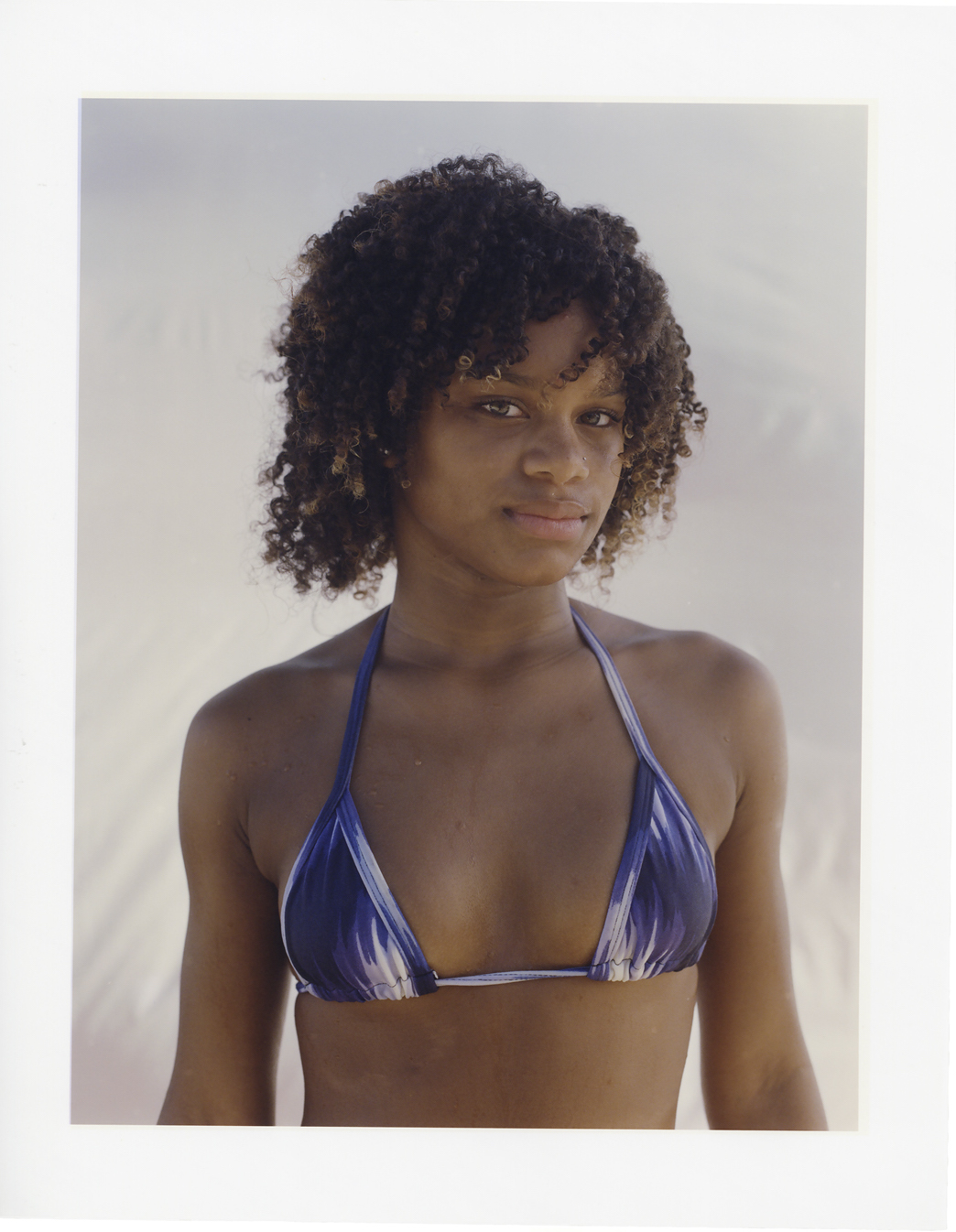
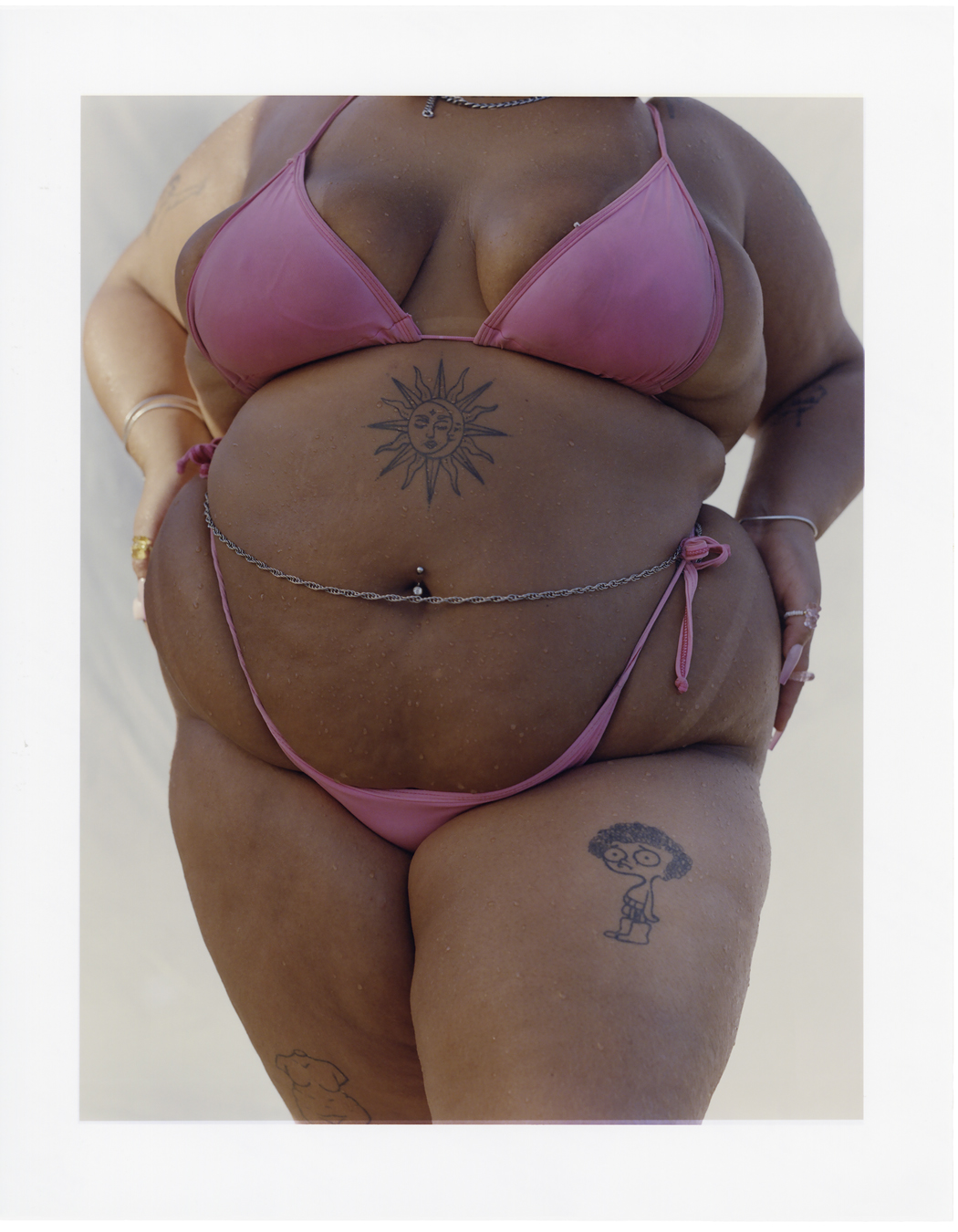
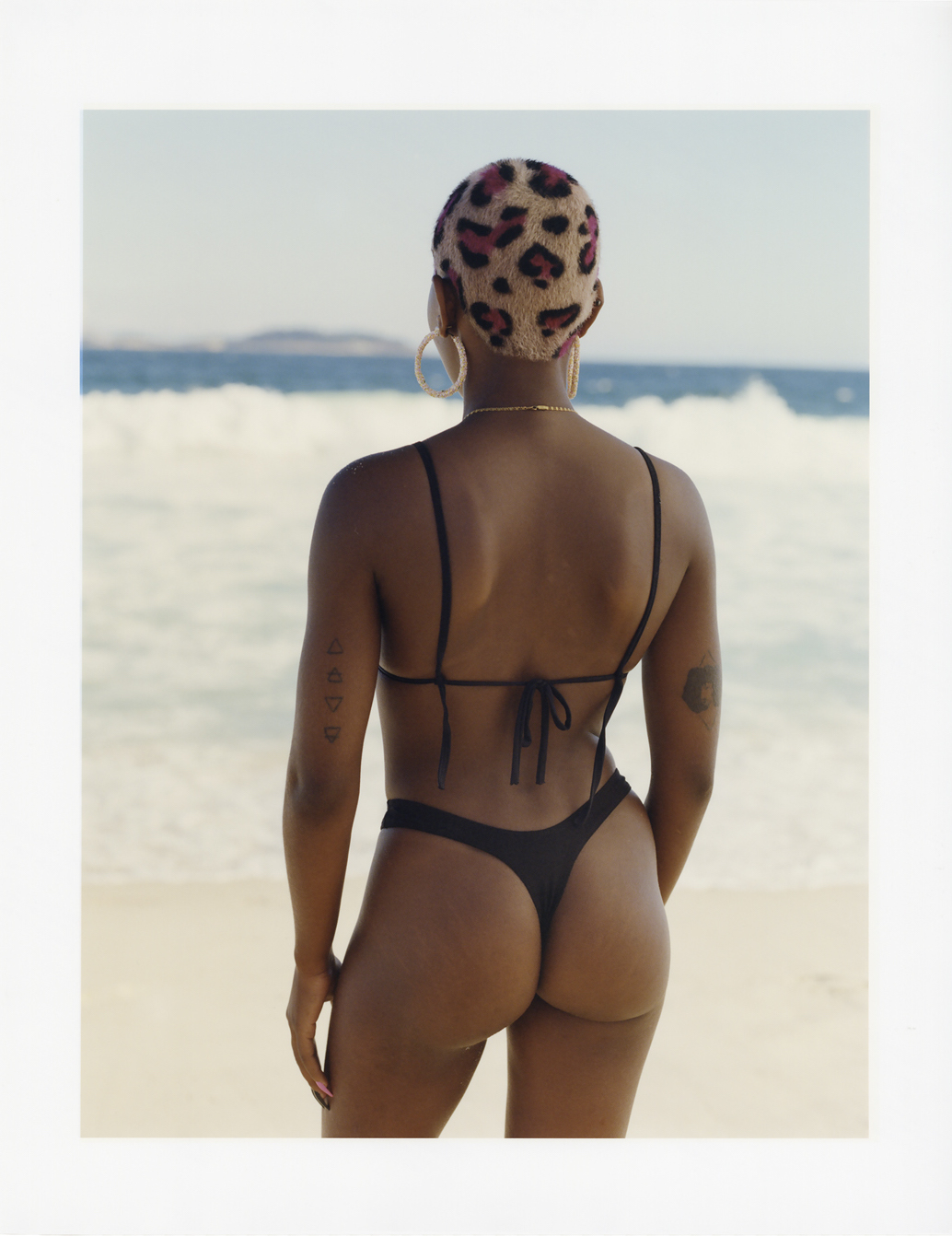
Credits
Photography Vava Ribeiro
Barber Tenorio do Corte
Photography assistance Luiza Sidi
Production Luisa Royer
Production assistance Abacaxi
Models Dandara Fernandes, Bruna Soares, Camila Clemante, Gabriela Silva, Pedro Henrique, Richard and Tadeu, Lucas Campos, Matheus Marques, Junior Porto, Kawanny Vitoria, Mariana Bauer, Julio Cesar, Arthur Oliveira, Isis Braga and Kauan
